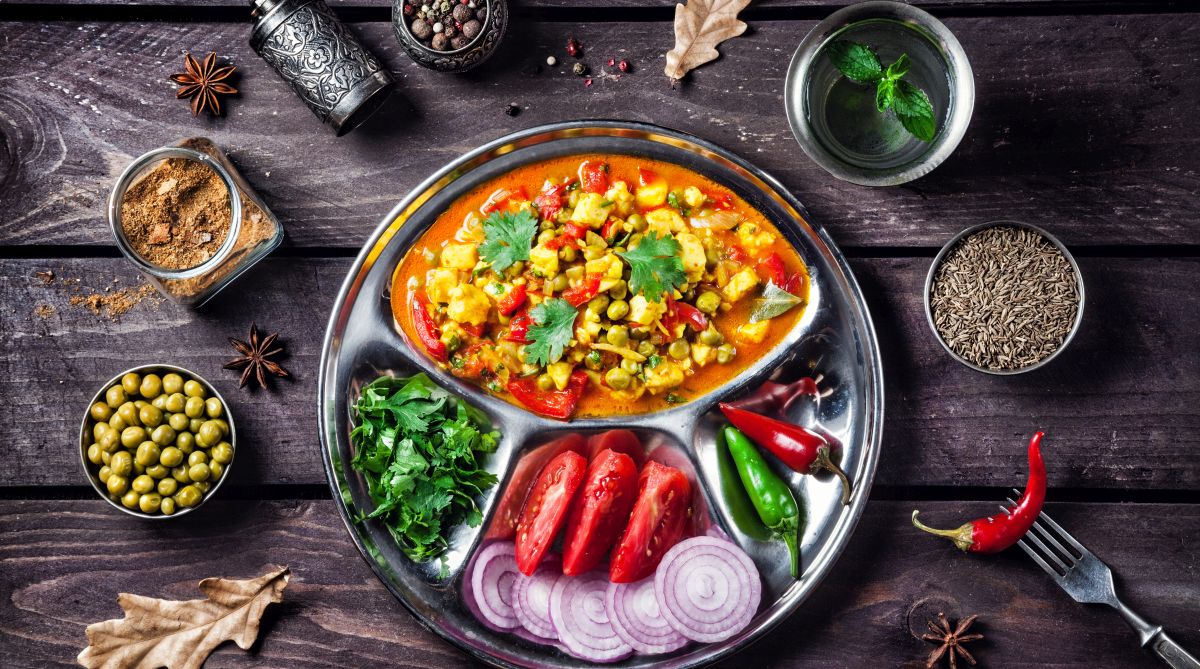‘When In Rome, Do as Romans Do’ the saying literally proven right in the late 80s, in the city of Rome when a unique food movement, ‘slow food’ was born against another food frenzy, ‘Fast food’ which started from the US and has hooked the world since the 1920s.
Tradition-loving Romans who did not like the American concept of ‘Fast Food’ protested and pitted against the launch of a popular American fast food giant in the city of Bra, resulting in the birth of Arcigola, the movement against the concept of ‘fast food’ and delved into a registered nonprofit organization known as ‘Slow Food International’.
Advertisement
Slow Food: The intriguing concept and why it’s becoming a global rave
The fast paced life of the world over the decades has changed the traditional concepts regarding food. Fast food may ease our life and the choices of food but has proven ill effects on health if consumed on a regular basis. The concept of ‘Slow food’ is pitching for nothing new but promoting to go back to our roots for the food choices for better and healthier lives.
Nutritionists have traditionally vouched for the food which is locally grown and eaten the way our forefathers have consumed, and that is exactly what ‘Slow food movement is promoting’.
The natural food that grows in the region where we live is the most suitable for our body, because the same natural forces impact our body and the locally grown food. Our fore-fathers depended majorly on the local food, which is a major reason for their healthy life and longevity.
What is Slow Food?
Slow Food is everything opposite to the concept of fast food. While fast food involves highly processed food ingredients, ‘assembled’ together quickly, to form a meal, Slow Food refers to the inclusion of unprocessed food ingredients, cooked in an authentic manner to create a wholesome meal.
Where fast food offers ‘on the go’ food that can be hand-held and eaten on the go, Slow Food promotes the idea of sitting down, relaxing and spending some time chatting with family and friends, while savoring the food.
Slow Food Movement
The Slow Food movement began from people’s natural emotion associated with food. Some people opposed the rise of fast-food culture and the disappearance of local traditions and food cultures.
Slow Food movement history
The inception of the Slow Food Movement is traced back to 1986 in the town of Bra and it began as ArciGola, by journalist Carlo Petrini. In 1989, ArciGola began to be known as Slow Food, when a protest broke out against the opening of McDonald’s at “Piazza di Spagna” in Rome. Protestors opposed the American fast-food giant, for opening its outlet in Rome. The ArciGola protest delved into a registered nonprofit organization known as Slow Food internationally.
What is the Slow Food Movement and How Do We Adhere to it?
According to Perceptions of the slow food cultural trend among the youth by Lelia Voinea and Anca Atanase, “Slow Food has become an international movement that advocates for satisfying culinary pleasure, protects biological and cultural diversity, spreads taste education, links “green” producers to consumers and believes that gastronomy intersects with politics, agriculture and ecology. Slow Food proposes a holistic approach to food problems, where the economic, socio-cultural and environmental aspects are interlinked, being pursued as part of an overall strategy.”
Slow Food, a global movement of local traditions
With due course of time, Slow Food has become a global movement, with more food reformers joining hands together to join the cause. The movement has also involved several smaller international bodies under its fold. These organizations are carrying out various initiatives within their local ecosystem and creating awareness of eating healthy and locally grown food.
Benefit of ‘Slow food’
The concept of fast food was meant to cater to the needs of those individuals, who were short of time and had a busy lifestyle. Number of such people grew over the years and fast food eventually became mainstream and an inseparable part of our lives.
Slowly, people also began to understand the importance of healthy eating instead of industrial processed food, which lacks basic nutrients. The Slow Food Movement addresses two major concerns related to fast-paced lifestyle, one is the inclusion of healthy, wholesome and locally grown ingredients, cooked by using orthodox methods. The second is to eat the meal and the food slowly, while enjoying every bit of it, as opposed to fast food.
Slow Food movement in India
The Slow Food movement has involved several organizations in India under its fold. All these independent organizations are working towards promoting positive food practices, from organic farming to eating the local food produce. Ajam Emba Adivasi of Jharkhand,
Food education for Satvik Jeevan in Gujarat, Mumbai Earth Market, Nagaland for Biodiversity & Heritage Preservation, Nilgirs Coffee Coalition and Banyan Roots, in Udaipur, Rajasthan are all working in close conjunction with the Slow Food International
Slow Food movement in Europe
The Slow Food movement is fast picking up in Europe as an industry. Working for the rights of small-scale traditional food producers and raising awareness among consumers at the very basic level. It is dedicated towards creating a better and more responsible food system.
Objectives of Slow Food movement
It is globally working on a number of issues including common food policy, agriculture, fisheries, biodiversity, climate change, Genetically Modified Organisms (GMOs) and responsible consumption and food labeling.











